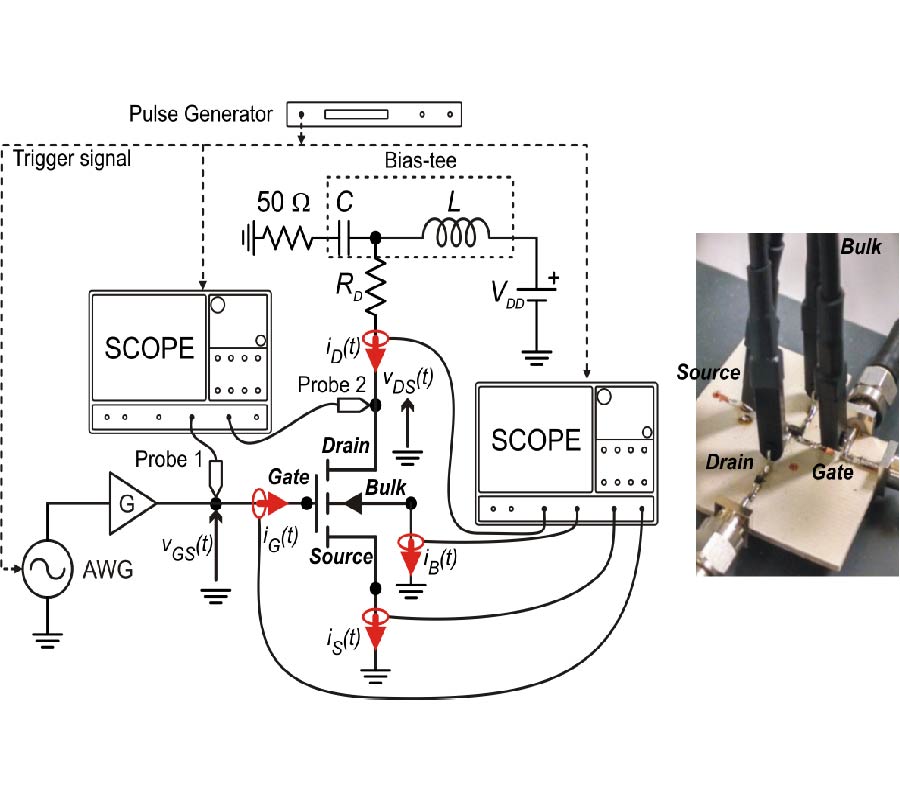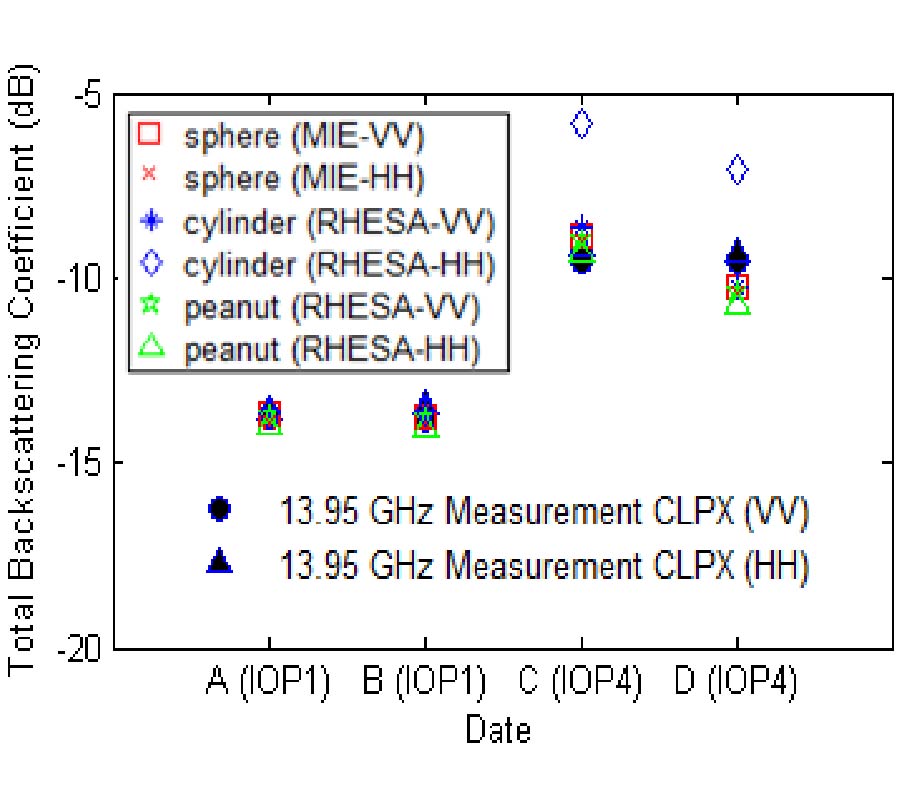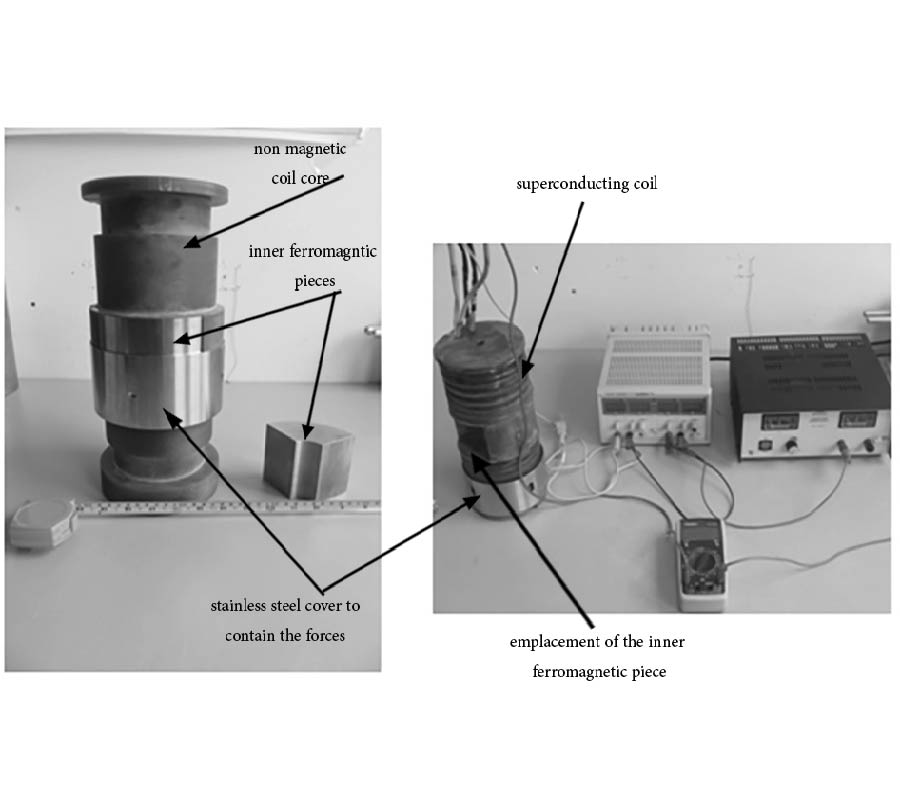C-Band Dual-Polarization Synthetic Aperture Radar Application for Peat Depth Classification: A Case Study in Siak Regency, Riau Province, Indonesia
Dandy Aditya Novresiandi and
Ryota Nagasawa
Knowledge of peat depth distribution is vitally important for accurately estimating carbon stock within tropical peatlands. These estimates aid in understanding the role of tropical peatlands in global environmental change processes. This study evaluates the potential of C-band dual-polarization synthetic aperture radar (SAR) data for peat depth classification on oil palm plantations in Siak Regency, Riau Province, Indonesia. Specifically, features derived after the ground-range radar cross section (sigma-naught or sigma0) and slant-range perpendicular radar cross section (gamma-naught or γ0) for both polarization channels of C-band Sentinel-1 data were compared and evaluated on monthly basis, during 2015, for discriminating peat depth classes using the decision tree classifier. Overall, γ0 features yielded a higher value of distance factors (DF) for peat depth classes, for both polarization channels, than those produced by the sigma0, indicating a better performance in discriminating peat depth classes. Moreover, the seasonal variation of rainfall intensity was discovered to be influencing feature selection for peat depth classification. Thus, the combination of γ0 features derived in the much rain months was selected for separating the shallow- and medium-peat classes, whereas those derived in the less rain months was selected for discriminating the deep- and very deep-peat classes. In addition, the developed methodology gave the best accuracy for the very deep-peat class, with 76% and 67.86%, producer's accuracy (PA) and user's accuracy (UA), respectively, followed by the shallow-peat class that yielded a PA of 64% and UA of 80%. Subsequently, the deep-peat class produced a PA of 58% and UA of 59.18%, whereas the medium-peat class yielded the lowest PA and UA, of 54% and 49.09%, respectively. This study showed that the C-band dual-polarization SAR data have potential for classifying peat depth classes, particularly on oil palm plantations, and might serve as an efficient tool in peat depth classification used for sustainable management of tropical peatlands.



















